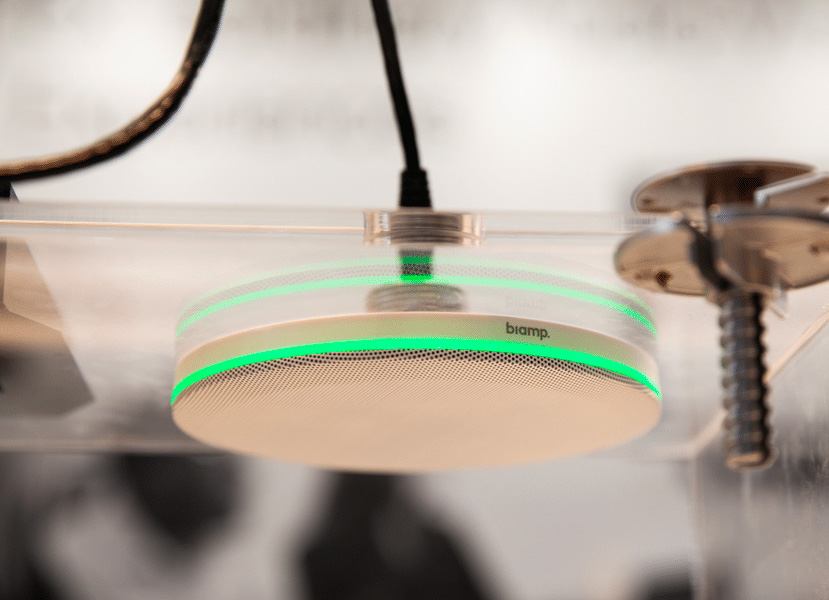Undoubtedly, the pandemic caused a massive uptick in remote and hybrid work.
Today, there are fewer people working the typical 9-5 in the traditional cubicle setting. The open office floor plan has become the new norm.
Open office spaces allow for new means of collaboration and workplace dynamics. Fewer walls mean more conversation between the teams that utilize the space.
However, open office spaces have their downsides, too. If you’re looking to have a private conversation with a supervisor or fellow coworker, it may be hard to find a suitable place to talk. You will also most likely be surrounded by conversation, which may make it hard for you to find a quiet workspace.
This is why huddle spaces are so important. Huddle spaces can be incorporated into the office design, and employees can make use of both the open floor plan and the privacy of a huddle room if they feel like it.
Read on to learn more!

What Is a Huddle Space?
The definition of a huddle space is a small, private meeting area.
Think of it like a more modern version of a conference room. Huddle spaces are set up with audio and video conferencing technology, a display system (like a large monitor), and a traditional or digital whiteboard that can be used by the attendees.
Huddle spaces are nice for informal meetings with a small team of people that are working in the office or remotely. Depending on what an organization needs, it’s not uncommon to see multiple huddle spaces in one office. This allows for more meetings and collaboration across the board.

3 Strategies for Huddle Spaces
The first huddle space strategy is using video collaboration. Video collaboration allows users to create a face-to-face connection with remote coworkers at home or across the world. It also makes meetings more engaging and productive for attendees while cutting back their need for travel expenses.
An important thing to keep in mind is that out of the 30 million huddle spaces worldwide, only 2% of them are video-friendly. This is a huge opportunity that a lot of organizations are missing out on because with a little bit of investing, they would be able to enhance their company’s collaboration.
The second huddle space strategy is consistency. You want your meetings to be consistent across each huddle space.
You can maintain your huddle space consistency by using the same video conferencing provider, software, and equipment in all of your huddle spaces. This will allow your organization to have a smoother adoption process while increasing productivity and utilization for your employees.
The final huddle space strategy is measuring your adoption. You can do so by optimizing your technology investment through adoption metrics that you have established from the outset.
These metrics could include how often each of your huddle spaces are used, how many people were in a given meeting, which online applications were used, how long the room was used for, etc.
By analyzing these statistics, an organization can determine the return on investment in a much easier way. They can also measure what kind of investment they may need in the future for newer technology.

Overall
Remote and hybrid work isn’t going anywhere, and if organizations want to keep up with their competition, then they’ll need to adapt to the new working environments.
Giving employees options on where they can work only makes your job positions more attractive to people entering the workforce. By having attractive working environments, you’ll be more likely to attract and retain more talented individuals to your business.
To learn more about huddle spaces and huddle space technologies, get in contact with a Ultimate Technologies Group representative today!
About the Author:
Ultimate Technologies Group is the global expert in virtual communication and collaboration technology. When it comes to high-end Audio Visual technology solutions, we are trusted by some of the most respected brands:
Commercial AV News & Thought Leadership:

2022 RedDot Winner – Yealink’s MeetingBoard 65

Sound Masking vs. Sound Absorption: Improving Conference Room Acoustics

The Current State of Hybrid Work May 2022




